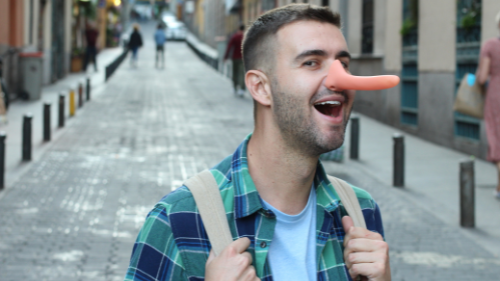How to Decipher the Mind of Someone Who Lies Without Saying a Word
Detecting lies is an art that goes beyond words.
Often, the body, facial expressions, and tone of voice reveal what someone is
trying to hide. Understanding these signals helps us protect ourselves from
deception and build more authentic relationships.
Microexpressions, such as brief gestures of
discomfort or surprise, often appear before the person controls their reaction.
Likewise, the inconsistency between what is said and body language is a
revealing clue. For example, someone who claims to be calm while their face
reflects tension or avoids eye contact might be hiding the truth.
Key Signs to Identify Lies
Lies are accompanied by subtle signs. Changes in
tone of voice, evasive responses, or unusual pauses are signs of discomfort.
Additionally, observing body language, such as touching the face or
intertwining hands, reveals nervousness. However, it is important to avoid
hasty conclusions; context and overall communication are essential to interpret
these signals.
Knowing the signs of lying is useful, but
interpreting human behavior requires more than techniques: it needs
understanding and empathy. Often, deception hides deep pain, fear, or
insecurities. Through therapy, it is possible to explore these motivations and
better understand those around us.
RewPaz



